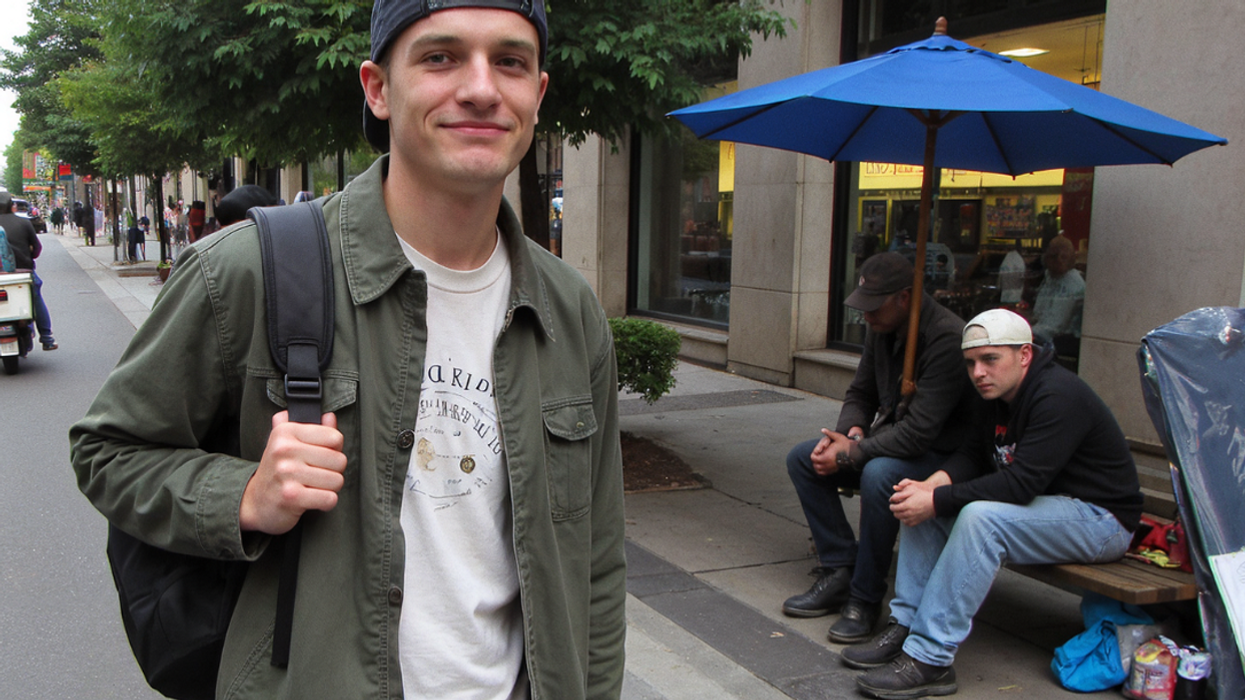When Jay tucked into bed that humid night in 1988, he was a red-blooded American man in his early twenties, just malcontent enough to evoke James Dean, and about as beguiling. His classic athletic frame, blond hair slightly in need of a trim, and easy smile belied the disaffected snark of a coming-of-age-tale hero. He describes himself at the time as “rebellious” and “against society,” but the truth is that he didn’t have any idea how the world worked. By the time he woke up, though, he would find out.
In the 1980s, the FARC expanded across the country in an effort to double troop strength. In the middle of the decade, moving away from communist orthodoxy, the FARC established a new political faction, which was quickly quashed by violence. Through the end of the ’80s, kidnappings were selective and mostly used to put political pressure on the government. But shortly after Jay and Stephan’s capture, as the Cold War petered out and funding from the Soviet Bloc disappeared, the FARC began relying more heavily on ransom as a source of financial support.
Designing rain gutters, fashioning communist stars, providing musical entertainment. An abandoned escape plan. By this point, we’re all thinking it: Stockholm syndrome, the empathetic bond that hostages sometimes form with captors, named after the hostages of a 1973 bank robbery in Sweden who later defended the robbers in court.
And then one day: new outfits for the captives! Striped pants and a striped shirt in bright yellow and blue.














